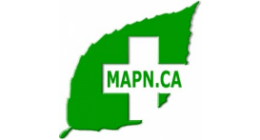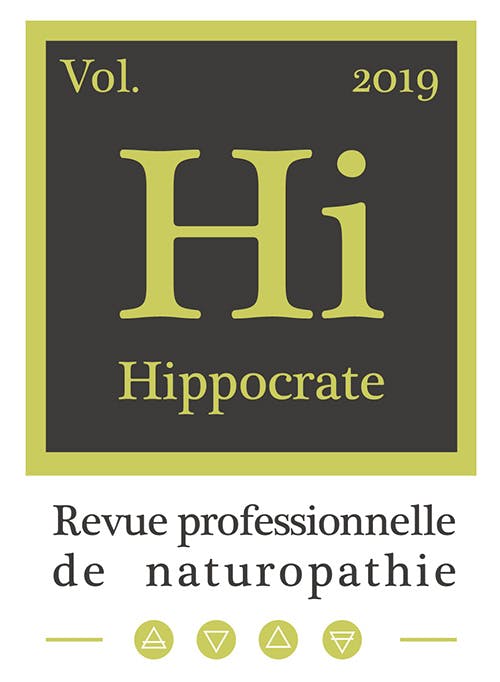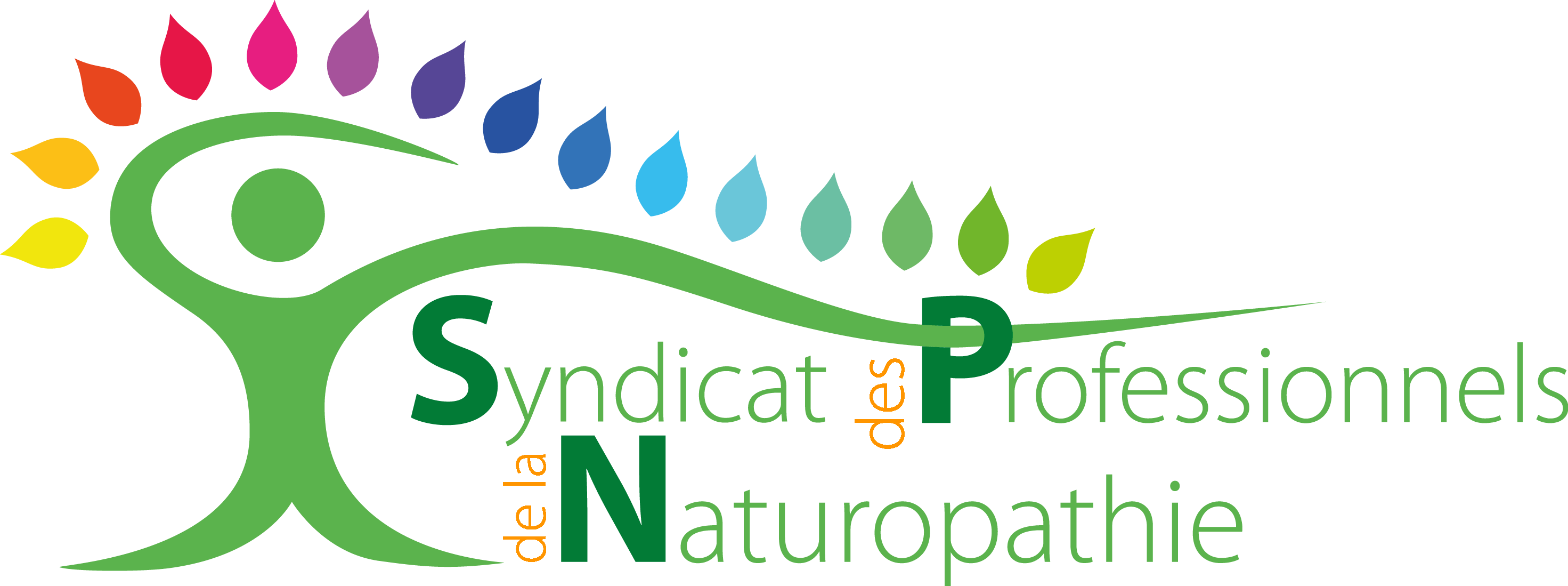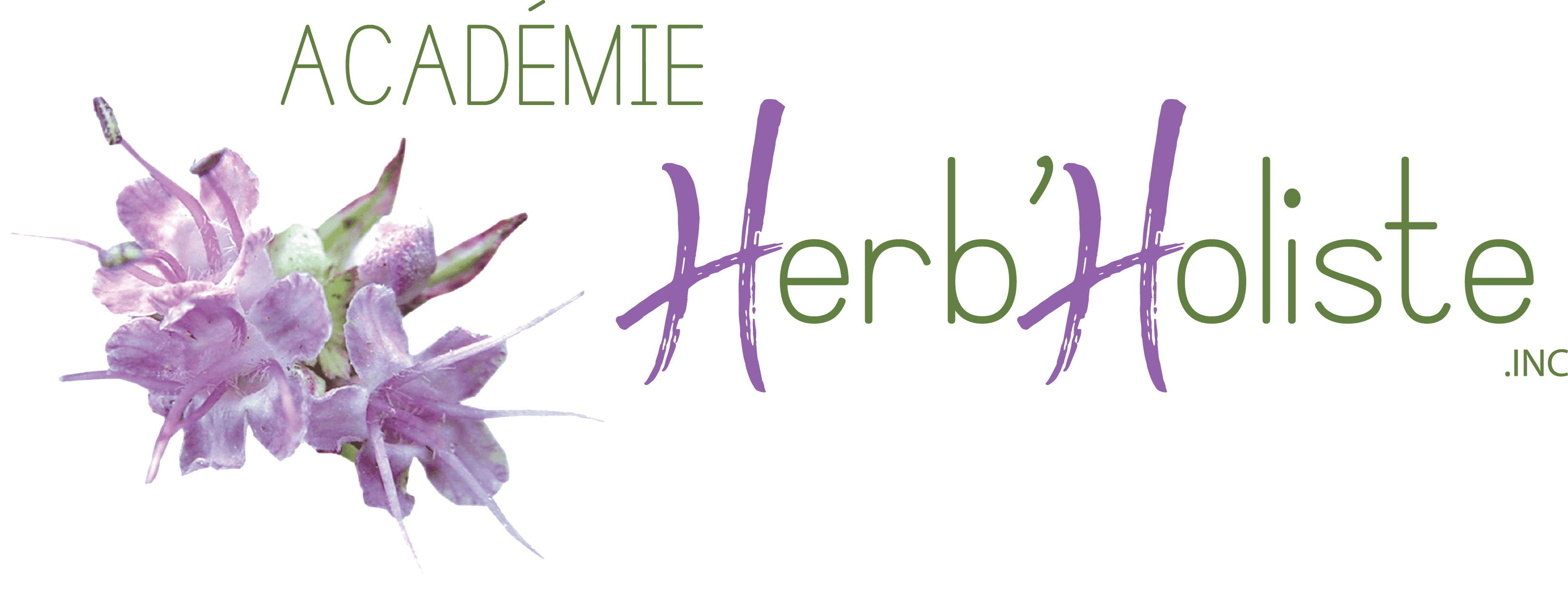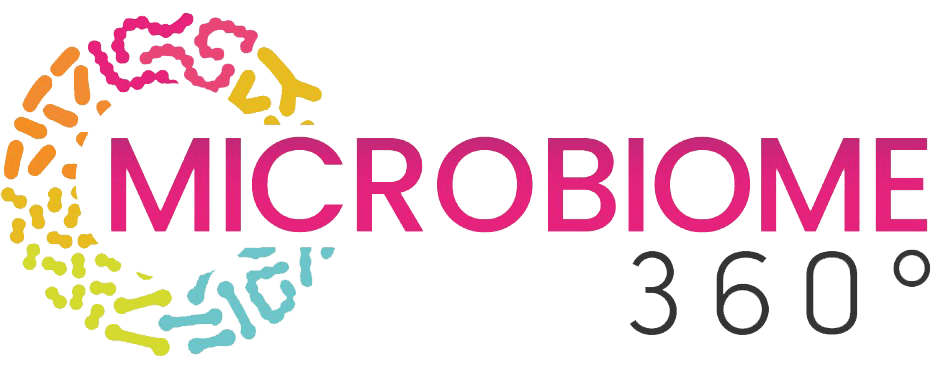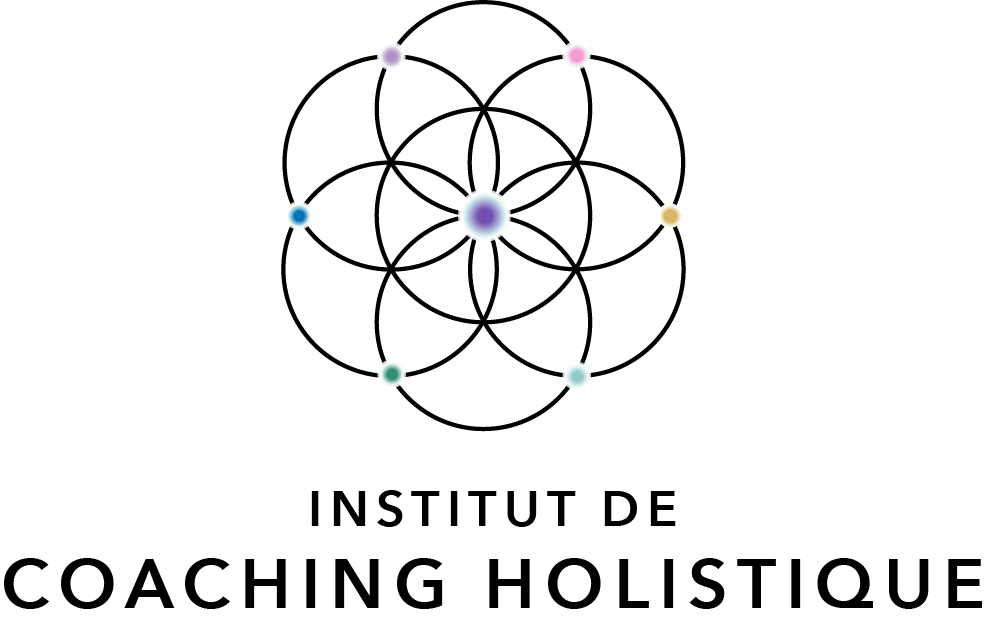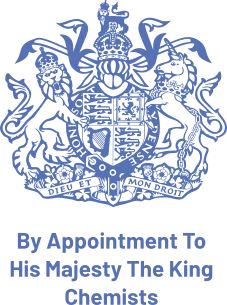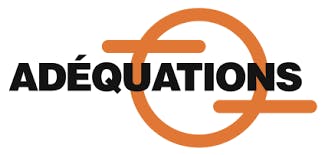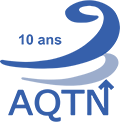Anatomy Pathophysiology III
The fundamental subjects are intended for people with little scientific, medical, or paramedical training, who need to acquire the essential basics in anatomy, physiology, pathologies, and etiological principles.
To properly assimilate the material, students are encouraged to study one chapter at a time, in parallel with the other courses in the program. This Anatomy-Pathophysiology III course is the final installment in a series of three courses in this discipline. It may qualify for exemption for doctors, nurses, and other healthcare professionals upon presentation of valid documentation.
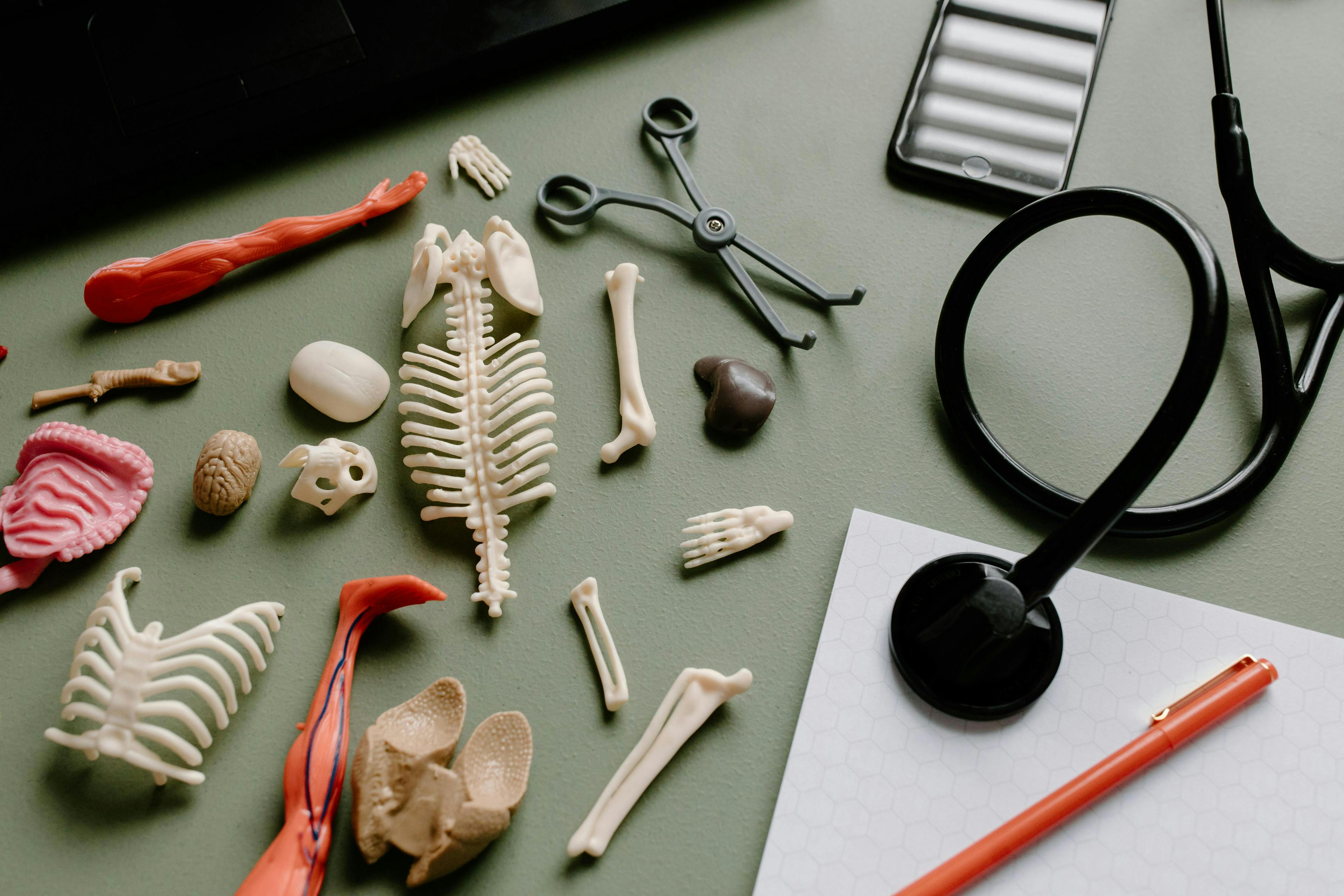
Included Teaching Methods:
- E-Learning Courses: an interactive, motivating, and effective learning method.
- Printable course booklets
- Online exams
- Access to the student centre
- Videos and virtual library.
Course Content Description
STUDENT GUIDE
Teaching method and instructions
- How to use your E-learning platform
- Your documents and teaching tools
- Your PDF teaching manual*
- Clinical Case Studies (CCS)
- Your study time
- Deadlines and program duration
- Quizzes
- Evaluations
- Your professional and personal status
Course objectives and outline
References
- Start your study
- Plan your work schedule
CHAPTER 1
THE IMMUNE SYSTEM
Immunity and the body’s defense
The inflammatory response
- Leukocyte migration phase
- Phagocytosis phase
Humoral and cellular immunity
- Immunology
- The immune response
- 1- anaphylaxis or anaphylactic shock
- 2- The Arthus phenomenon
- 3- allergy
- 4- Serum sickness:
- Immune cells
- Common characteristics of all lymphocytes
- Cellular differentiation
- Lymphoid organs
- Antibodies
- Principle of vaccination
Interactions - dysfunctions
- LYMPH NODE DISORDERS
- ALLERGIES
- DIPHTHERIA
- HERPES
- VISCERAL MYCOSIS
- MYCOSES
- PARASITOSIS: HELMINTHIASIS
- ONYCHOMYCOSIS
- PITYRIASIS VERSICOLOR
- MEASLES
- RUBELLA
- SCARLET FEVER
- INTESTINAL WORMS (TAPEWORM)
- SHINGLES
- Cancer
- The history
- Mechanisms
- Treatments
- Prevention
Knowledge review
- Activity 1
- Plan your work schedule
CHAPTER 2
THE RESPIRATORY SYSTEM AND PHONATION
Introduction
Descriptive approach to the respiratory system
- The Structure
- a) The nose
- b) The pharynx
- c) The larynx
- d) The trachea
- e) Bronchi, bronchioles, and alveoli
- f) The lungs
Respiratory mechanics
- 1) Notion of diffusion
- The different pressures involved (figure 4)
- a) Atmospheric pressure
- b) Intrapulmonary pressure
- c) Intrapleural pressure
- d) Collapse force
- Pulmonary ventilation
- a) Inspiration
- b) Expiration
- Characteristics of the respiratory mechanism
- a) Surface tension
- b) Flow parameter
- c) Lung volumes
- d) Anatomical dead space
- e) Alveolar ventilation
- f) Balance between air flow and blood flow to the alveoli
Gas transport
- Transport of gases by the blood
- 1) Partial pressures
- 2) Exchanges of O2 and CO2 between the lungs, the blood, and the tissues
- a) Gas exchanges at the alveolar level
- b) Gas exchanges in the tissues
- Transport of gases in the blood
- a) Transport of oxygen
- b) Transport of carbon dioxide
Regulation of respiration
Effects of exercise on the respiratory system
Interactions - dysfunctions
- 1) Lack of oxygen
- a) Cyanosis
- b) Hypoxia
- c) Carbon monoxide poisoning
Knowledge review
- Activity 2
- Plan your work schedule
CHAPTER 3
THE URINARY SYSTEM
Descriptive approach to the urinary system
- Kidney structure
- Urine formation
Properties of urine
Excretion physiology
The urinary function
Interactions - dysfunctions
- ALBUMINURIA
- RENAL COLIC (KIDNEY STONES)
- CYSTITIS
- URINARY CASTS
- DYSURIA
- NEPHRITIS
- OLIGURIA
Knowledge review
- Activity 3
- Plan your work schedule
CHAPTER 4
REPRODUCTION
Introduction
Sexual differentiation
Sexuality and procreation
- Sexual intercourse and its phases
- From erection to ejaculation
- Filling
- Expulsion
- Phases of sexuality
- Excitement phase
- Plateau phase
- Orgasm
- Resolution phase
- Cell division
- Gametes
- Fusion of gametes and formation of the egg
- The first division
- The second division
- Migration, division, and implantation of the egg
- Gestation
- Embryonic phase
- Fetal phase
Diagnosis of pregnancy
Pregnancy development and hygiene
Childbirth
- Dilation
- Expulsion
- Delivery
Sexual life without procreation
- Contraceptive methods
- Natural methods
- Withdrawal practice
- Periodic abstinence: Ogino Method
- Calendar method
- Basal temperature method
- Cervical mucus method
- Vaginal douching
- Female contraception: the pill or pills
- IUD (Intrauterine Device)
- Other local contraceptives: diaphragm
- Spermicides
- Future contraceptives
- Male contraception: condom
- Sterilization
- Voluntary interruption of pregnancy (V.I.P.)
Interactions - dysfunctions
- Uterine changes and consequences
- Hormonal issues
- Constipation
- Frequency of urinary tract infection
- Nausea and vomiting
- Skin disorders
- Other disorders
- Twin pregnancies
- Course of pregnancy
- Labour
- Multiple pregnancies
- Diseases during pregnancy
- Infectious diseases
- Rubella
- Toxoplasmosis
- AIDS
- Gestational diabetes
- Fetomaternal blood incompatibility
- Medications and pregnant women
- Anti-tumor medications
- Hormones
- Nervous system medications
- Other medications
Knowledge review
- Activity 4
Conclusion
Answer keys










